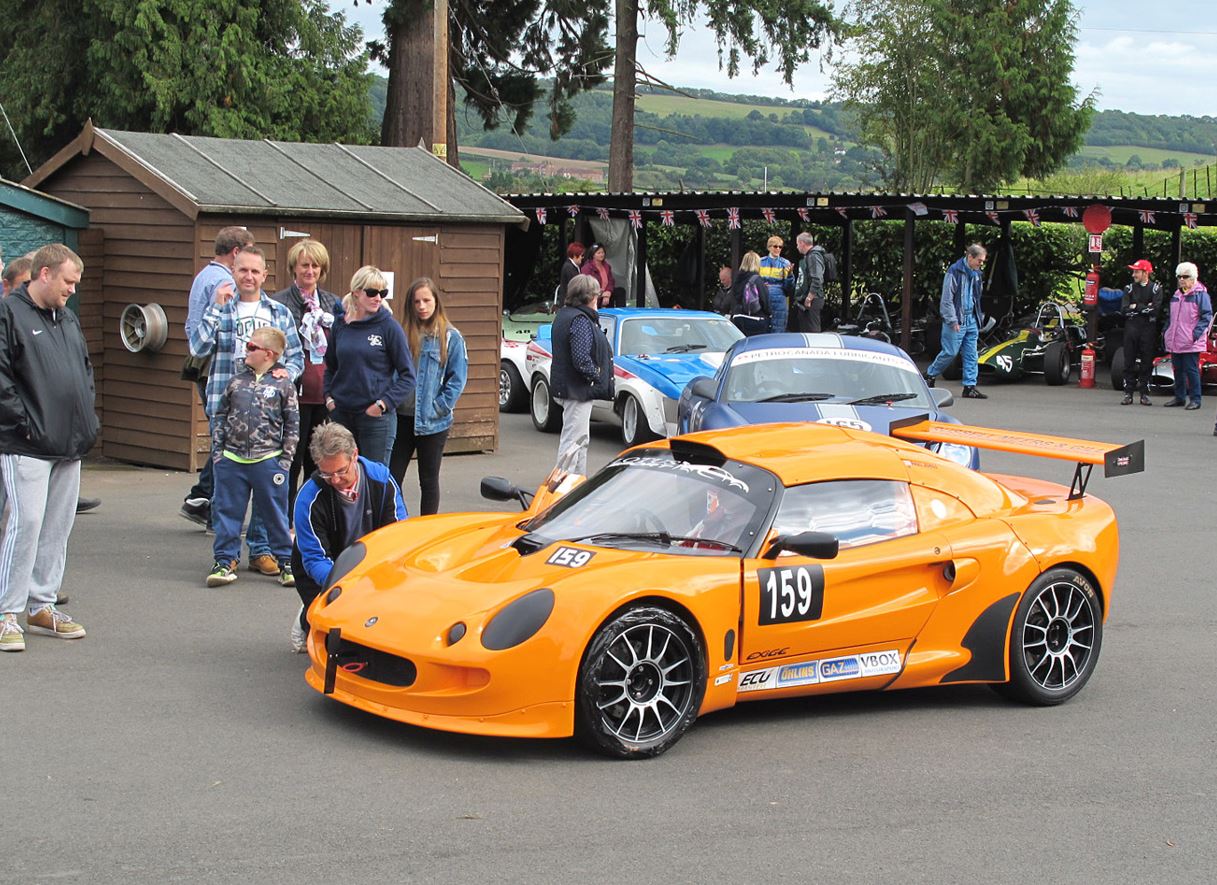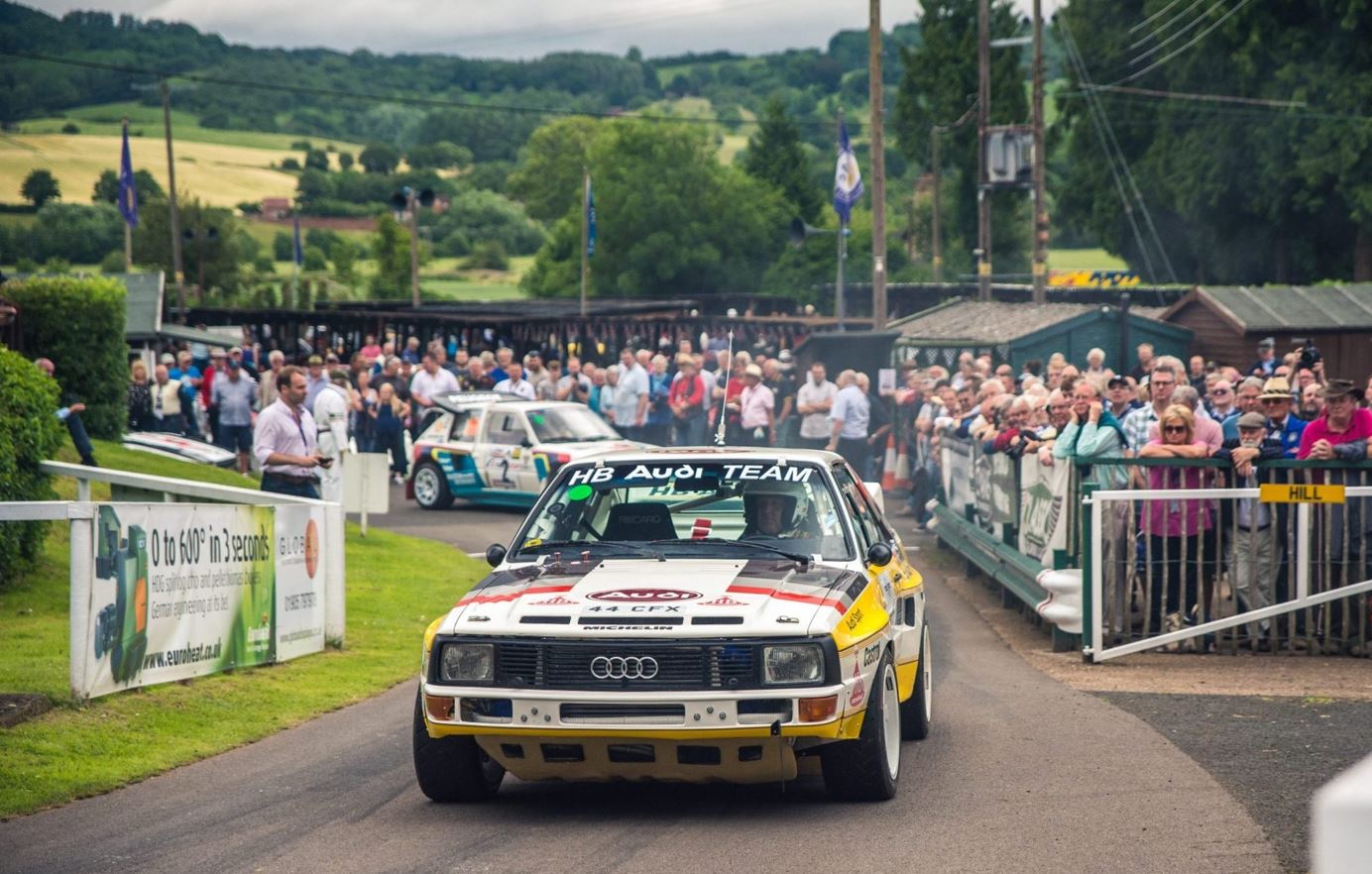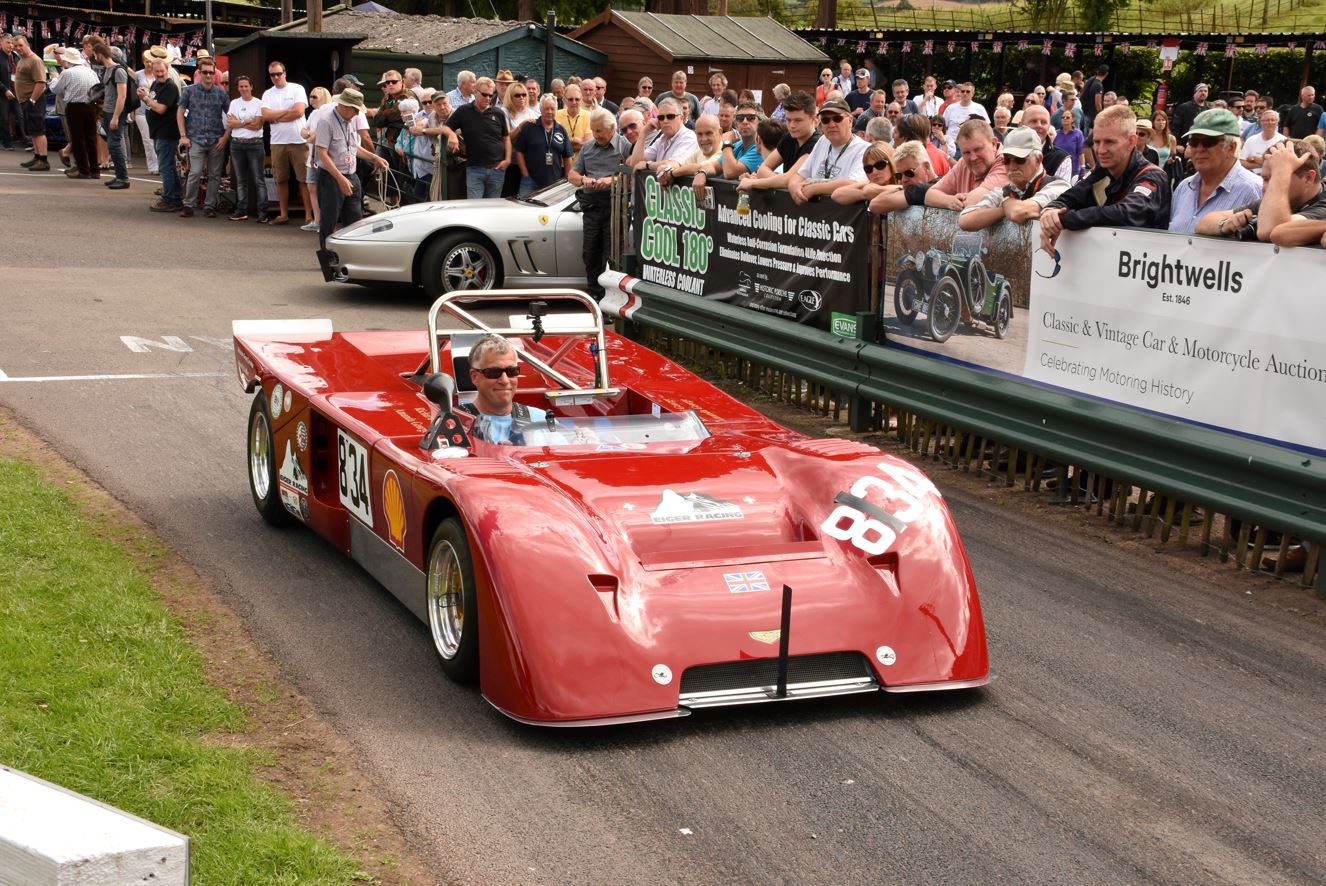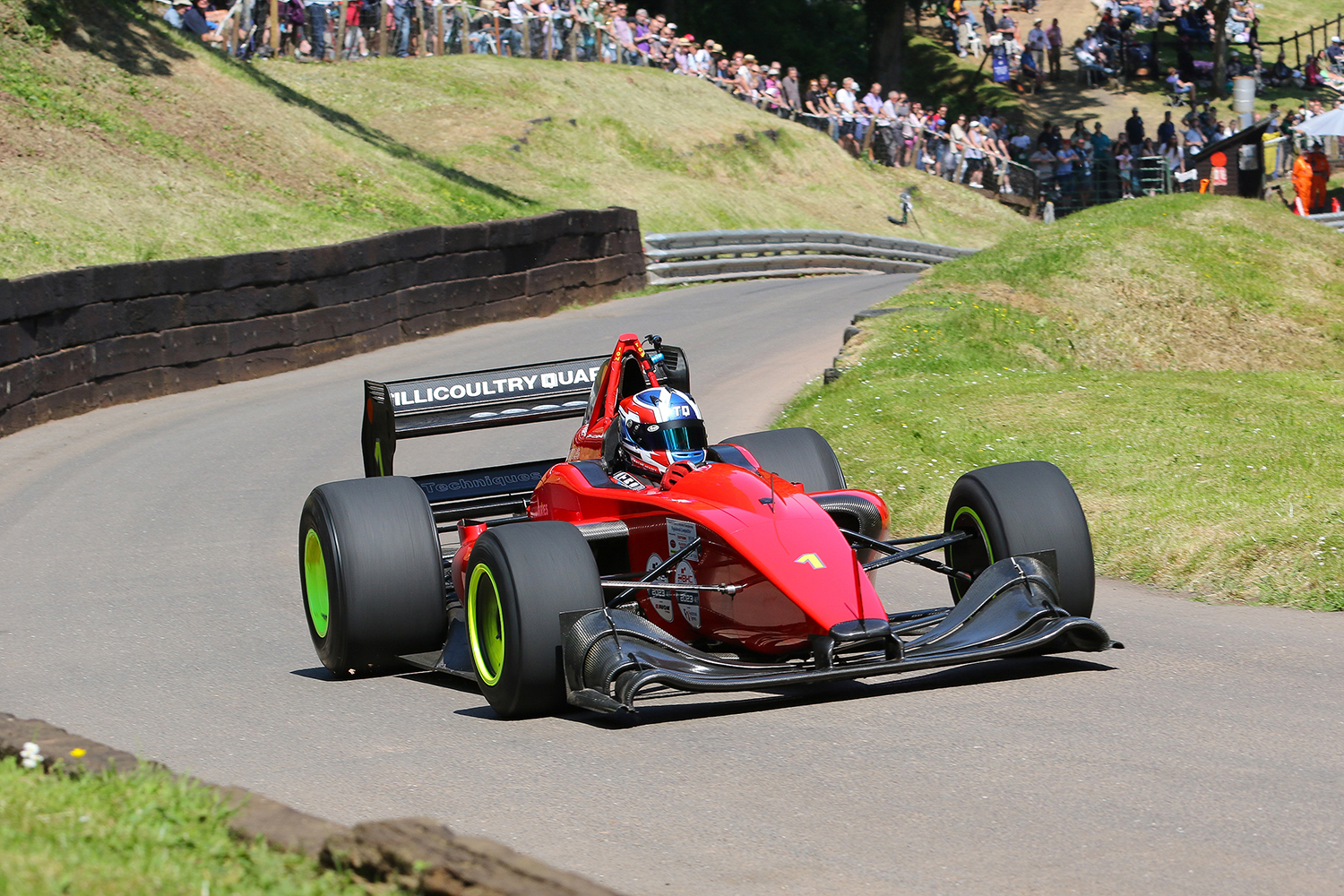Low-cost motorsport: How to get into hill climb racing
Hillclimbing is the ideal motorsport for classic cars, and not just because it’s one of the oldest forms of motor racing.
For any classic car owner looking to enjoy some competitive driving, hillclimbs are an ideal way to stretch the abilities of you and your car. It doesn’t matter what sort of classic you drive, there’s an event and class for you. Everything from the fastest vintage single-seaters to humble saloons are welcome, and there are hillclimb venues all across the UK, so you can stay as local or head as far afield as you like.
Many hillclimbs run dedicated classic weekend meetings, but there are also suitable classes at the biggest events of the year such as the British Hillclimb Championship that Footman James sponsor the BHC Cup. If you head for one of these blue riband hillclimbs, not only will you see the fastest cars in the UK in action, but you also get to drive on exactly the same track over the weekend. You don’t get that with Formula 1…

Credit - Tony Adams
The reason such diverse cars can all run at the same place over a weekend is because hillclimbs only have one car on the track at a time. There might be several other cars in your class, but you compete against the clock and fastest time wins the class. However, many competitors are there simply to improve their personal best or continue long-running friendly rivalries with other entrants. Whether you’re chasing a win or swapping best times with a mate, the intensity of the competitive experience is the same no matter what car you’re driving.
How cars are split into classes will depend on the type, age and engine capacity of your car. To keep classes on an even keel, they are generally divided into road and race cars, and then separated by different periods and the size of the engine. Many car clubs also run their own championships or there are one-make series, such as for the Austin Seven, Lotus, MG, or the Mazda MX-5. All guarantee close racing and camaraderie.
Most newcomers to hillclimbing start out in the classic car they already own, though some might choose a car with motorsport in mind. Whichever route you take into the sport, there are some simple points to remember. First off, as a new racing driver, you’ll need a race licence from Motorsport UK and this costs from £74. It allows you to compete in cars with an engine of up to 2.0-litres, or 1.4-litres if it’s super- or turbocharged. When you have a few events and signatures on your licence, you can upgrade to drive cars with a larger engine. You’ll also need to join an accredited motorsport club and there will be one local to you, which is the best place to ask questions and learn from others who have already been there, done it and have the Nomex T-shirt.

Credit - Shelsley Walsh Speed Hill Climb
You will also need some race kit to keep you safe, so budget for a helmet, gloves, boots, and race suit that all meet the standards required by Motorsport UK. If you’re not sure which ones to choose, any reputable supplier will be able to advise you and fellow hillclimbers are always happy to point newcomers in the right direction for the best value kit. It can seem like a lot to spend at first, but good quality racewear will last for years and it’s worth every penny should you ever need it in an emergency.
With you spruced up for racing, what about your car? Surprisingly little is needed beyond some basics, such as the timing strut on the front of the car that’s used to break the timing beams at the start and finish. A road car must be in good working order so it can pass scrutineering and be declared fit to compete. If you’re not sure what will be checked, ask your local club to point you in the direction of a scrutineer who will let you know what to check and prepare ahead of arriving at the hillclimb. Many classics don’t need roll bars or safety harnesses, but they are a good idea if you intend to compete regularly.

Credit - Ian Dowding
What your car must have is a sticker surrounding the ignition key or cut-out switch that shows how to turn off the engine. This is for the marshals in the event of an emergency. You’ll also need a similar sticker for any fire extinguisher fitted to the car. Race numbers are needed that contrast with the colour of the car so they are easy to read by the marshals, and stickers are required that show where the front and rear towing points are positioned. Under the bonnet, twin return springs should be fitted to the throttle cable and you need a yellow battery earth cable – wrapping it in yellow insulating tape is fine for this.
After that, you’re good to go, which means putting in an entry for an event. Prices vary between venues, but hillclimbing is certainly one of the cheapest forms of motorsport. Some might feel they don’t get a lot of track time for the money compared to circuit racing, but hillclimbing is all about precision and intensity of effort. Unlike on a track, you don’t get 15 or 20 laps to perfect your line. You must be on it from the first run, so be sure you walk the hill and learn the corners before the first run of the day.
Make sure you turn up to the event in plenty of time so you can sign on, get your car scrutineered, walk the course, go to the drivers’ briefing, get set up, have some breakfast, go to the toilet, go the toilet again… It’s very nerve-wracking to line up for the first time at a hillclimb, even if you’ve been to a hillclimb school previously which is a great way to learn more about you and your car as well as learning a new hillclimb track, but follow the marshals’ instructions and you’ll be fine. Your first run is never going to be the fastest, so use it to find out which corners are tricky, where the braking points are, turn-ins, and which gear to be in.
If you’re sharing a car with another driver, this is a fantastic way to pool information and you’ll spend the whole weekend discussing the subtleties of how to go faster. Congratulations, you are now a fully-fledged racing driver.
Who knows, you could be on the path to becoming a future British Hillclimb Champion. British Hillclimb Championship Commercial Lead Stuart Webster says, "Current British Champion Wallace Menzies drives a Formula One lookalike Gould GR59M."

Credit - Paul Lawrence
"Powered by a Cosworth built Indycar engine, producing more than 700 horsepower, the Gould rockets to over 100mph in less than five seconds. All of this on a road not much wider than a garden path! We are delighted to have our friends at Footman James so involved in the sport."
If you would like to see more of what is involved and the cars in action visit a British Hillclimb Championship event near you. Click here for the latest calendar of events - Calendar | British Hillclimb Championship
Have we sparked another question? If you need a little more advice from a hillclimb veteran, let us know in the comments below…

COMMENT